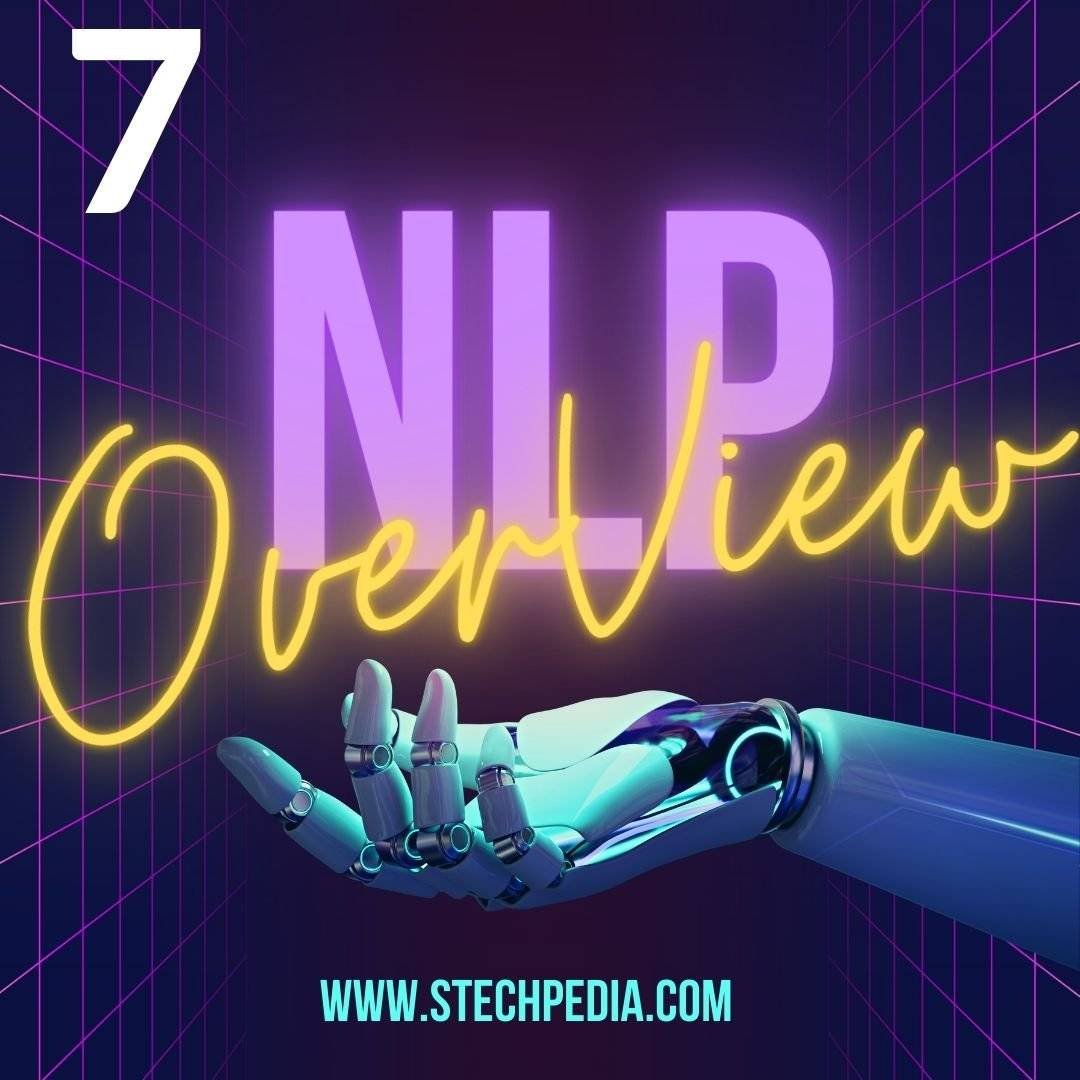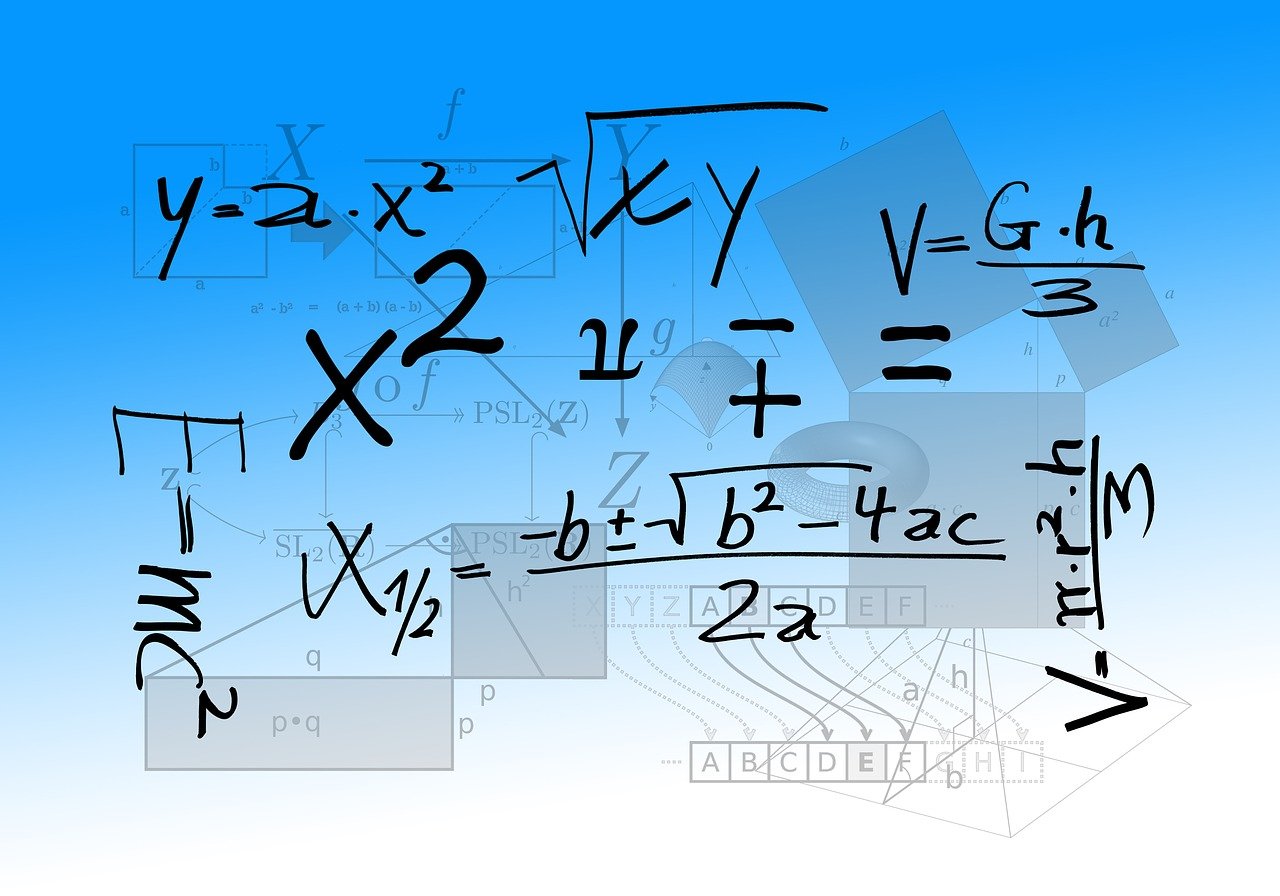Introduction to NLP in Language Translation
NLP in language translation is a process of converting one natural language into another, using artificial intelligence techniques. The different techniques used in NLP can be broadly classified into two categories: rule-based and statistical.
Rule-based methods are based on a set of rules which are defined by linguists. These rules are then used to translate the source text into the target language. The advantage of this approach is that it can produce very accurate translations, however, it is limited by the number of rules that can be defined.
Statistical methods, on the other hand, do not require any pre-defined rules and instead rely on large amounts of data to learn how to translate between languages. This data-driven approach has become increasingly popular in recent years due to the availability of large parallel corpora (collections of texts in multiple languages). While statistical methods can sometimes produce less accurate translations than rule-based approaches, they have the advantage of being able to handle more complex language structures.
NLP in language translation faces a number of challenges, including ambiguity, idiomatic expressions, and grammatical differences between languages. These challenges can be overcome through the use of advanced techniques such as machine translation and automatic post-editing.
The benefits of NLP in language translation include increased accuracy, efficiency, and flexibility. NLP can also help to reduce the need for human translators, which can save time and money.
Understanding Language Translation: The Basics
When it comes to language translation, there is a lot that goes on behind the scenes. In order to accurately translate one language to another, a number of different techniques are used. This can be a difficult process, as there are often many challenges involved. However, the use of NLP can help to make this process much easier.
NLP, or Natural Language Processing, is a computer science field that deals with the interaction between humans and computers. It helps computers to understand human language and respond in a way that is natural for humans. This technology is becoming increasingly important in the field of language translation.
There are several different techniques that can be used in order to translate one language to another. The most common techniques are machine translation and human translation. Machine translation is where a computer program translates the text from one language to another. This can be quite accurate, but it is not always perfect. Human translation is where a human translator translates the text from one language to another. This can be more accurate than machine translation, but it is also more expensive and time-consuming.
There are many challenges involved in translating one language to another. Some of these challenges include:
• Ensuring accuracy – When translating from one language to another, it is important to ensure that the meaning of the original text is retained in the translated version. This can be difficult, as there are often subtle differences between languages that can change the meaning of a text.
• De
NLP Techniques used in Language Translation: Machine Translation, Neural Machine Translation and more
There are various NLP techniques used in language translation, including machine translation, neural machine translation, and more. Each of these has its own advantages and disadvantages, as well as different challenges involved.
Machine translation is the most common type of NLP used in language translation. It is fast and can be relatively accurate, but it does not always produce perfect results. Neural machine translation is a newer technique that uses artificial intelligence to try to improve upon the results of machine translation. It is still being developed and refined, but shows promise for producing more accurate translations.
Both machine translation and neural machine translation have their own challenges. For example, they can struggle with idiomatic expressions or context-specific meaning. They also require a lot of computational power, which can be an issue for some languages. In addition, both techniques can be expensive to use on a large scale.
Despite the challenges involved, NLP techniques offer many benefits for language translation. They can help to speed up the process and increase accuracy, while also reducing the need for human translators. This can save time and money, while also making it possible to translate more difficult or specialized texts.
Challenges in Language Translation: Dealing with idioms, ambiguity and cultural references
One of the challenges in language translation is dealing with idioms, ambiguity, and cultural references. Idioms are expressions that are not meant to be taken literally, such as “I have a lot in common with my parents.” Ambiguity is when there is more than one meaning for a word or phrase, such as “he’s a tall drink of water.” Cultural references are expressions that may not make sense to someone from another culture, such as “I’m so busy, I don’t know if I’m coming or going!”
NLP can be used to help deal with these challenges. For example, idiomatic expressions can be translated using word-for-word translations or by translating the meaning of the expression. Ambiguity can be dealt with by using context clues or by looking up the definition of the word or phrase in a dictionary. Cultural references can be explained using footnotes or by providing a brief explanation of the cultural background.
Using NLP in language translation can help to make the meaning of the text clearer and more understandable. It can also help to bridge the gap between different cultures by providing explanations of cultural references.
Supervised and Unsupervised Learning in Language Translation
Supervised and Unsupervised Learning in Language Translation
Machine translation is a subfield of computational linguistics that investigates the use of computers to translate text or speech from one natural language to another. In recent years, there has been a significant increase in the amount of research published on machine translation, as well as a number of new commercial translation services now available (such as Google Translate).
NLP can be used for machine translation in two ways: supervised learning and unsupervised learning. Supervised learning requires a human translator to provide a correct translation for a given input; the system then learns from these examples to produce better translations. Unsupervised learning, on the other hand, does not require any human input; instead, the system automatically tries to learn from patterns in existing translations.
There are benefits and challenges associated with both supervised and unsupervised learning approaches. Supervised learning generally results in more accurate translations, but it can be expensive and time-consuming to obtain enough quality training data. Unsupervised learning is less accurate but much faster and easier to implement; it also has the potential to improve over time as it gains more experience.
Ultimately, the choice of whether to use supervised or unsupervised learning (or a combination of both) depends on the specific application and desired outcome. For example, if speed is more important than accuracy, then unsupervised learning may be preferable. If accuracy is paramount, then supervised learning is likely to be
Language Translation Applications: Business, Travel and more
There are many different language translation applications that use NLP, including ones for business, travel, and more. Each application has its own challenges and benefits.
Business: Languagetranslation can help businesses communicate with customers and clients in their native language. This can help build trust and rapport, as well as improve customer satisfaction. translator applications can also help businesses understand the sentiment of customer reviews written in a foreign language, which can be helpful for marketing purposes.
Travel: For travelers, being able to communicate in the local language can make a big difference in having a positive experience. NLP-enabled translation apps can help travelers with things like ordering food, asking for directions, and more. In addition, many translation apps now offer offline functionality, so travelers don’t have to worry about losing access to their translations if they’re in an area with poor internet reception.
More: There are also many other potential uses for NLP-based language translation applications. For example, students learning a foreign language could use a translation app to get instant feedback on their pronunciation. Doctors could use them to quickly translated medical jargon into layman’s terms. And journalists could use them to quickly translate news stories from other countries.
Benefits of NLP in Language Translation: Improved Communication and Globalization
NLP in language translation can have many benefits, including improved communication and globalization.
Some of the benefits of NLP in language translation include:
1.Improved communication: When translating between two languages, it is important to be able to communicate effectively. NLP can help to improve communication by providing a better understanding of the meaning behind words and phrases.
2.Globalization: NLP can also help to promote globalization by providing a better understanding of different cultures and their customs. This understanding can help to break down barriers between people from different cultures and promote integration and cooperation.
Real-world Examples of NLP in Language Translation
NLP in Language Translation: A detailed look at how NLP is used in language translation, including the different techniques used, the challenges involved, and the benefits.
NLP can be used for a variety of tasks in language translation, from machine translation to speech recognition. In this article, we’ll take a detailed look at how NLP is used in language translation, including the different techniques used, the challenges involved, and the benefits.
Machine translation is one of the most common applications of NLP in language translation. There are two main approaches to machine translation: rule-based systems and statistical systems. Rule-based systems rely on linguistic rules to translate text from one language to another. Statistical systems, on the other hand, use statistical models to learn how to translate text.
Both approaches have their own strengths and weaknesses. Rule-based systems are often more accurate than statistical systems, but they can be very expensive and time-consuming to develop. Statistical systems are typically much faster and easier to develop than rule-based systems, but they can sometimes produce less accurate results.
One of the biggest challenges in machine translation is dealing with ambiguity. Ambiguous words or phrases can have multiple meanings, which can make it difficult for a machine translation system to produce an accurate translation. Another challenge is dealing with idiomatic expressions, which are expressions that don’t necessarily mean what they say literally (for example, “I’m not going to pull your leg”). Idi
Conclusion: The Future of NLP in Language Translation
NLP in language translation is constantly evolving. New techniques and approaches are being developed all the time to try to improve the quality of translations. The future of NLP in language translation looks very promising. There are many different directions that research could go in, and there are sure to be many more breakthroughs in the years to come.







